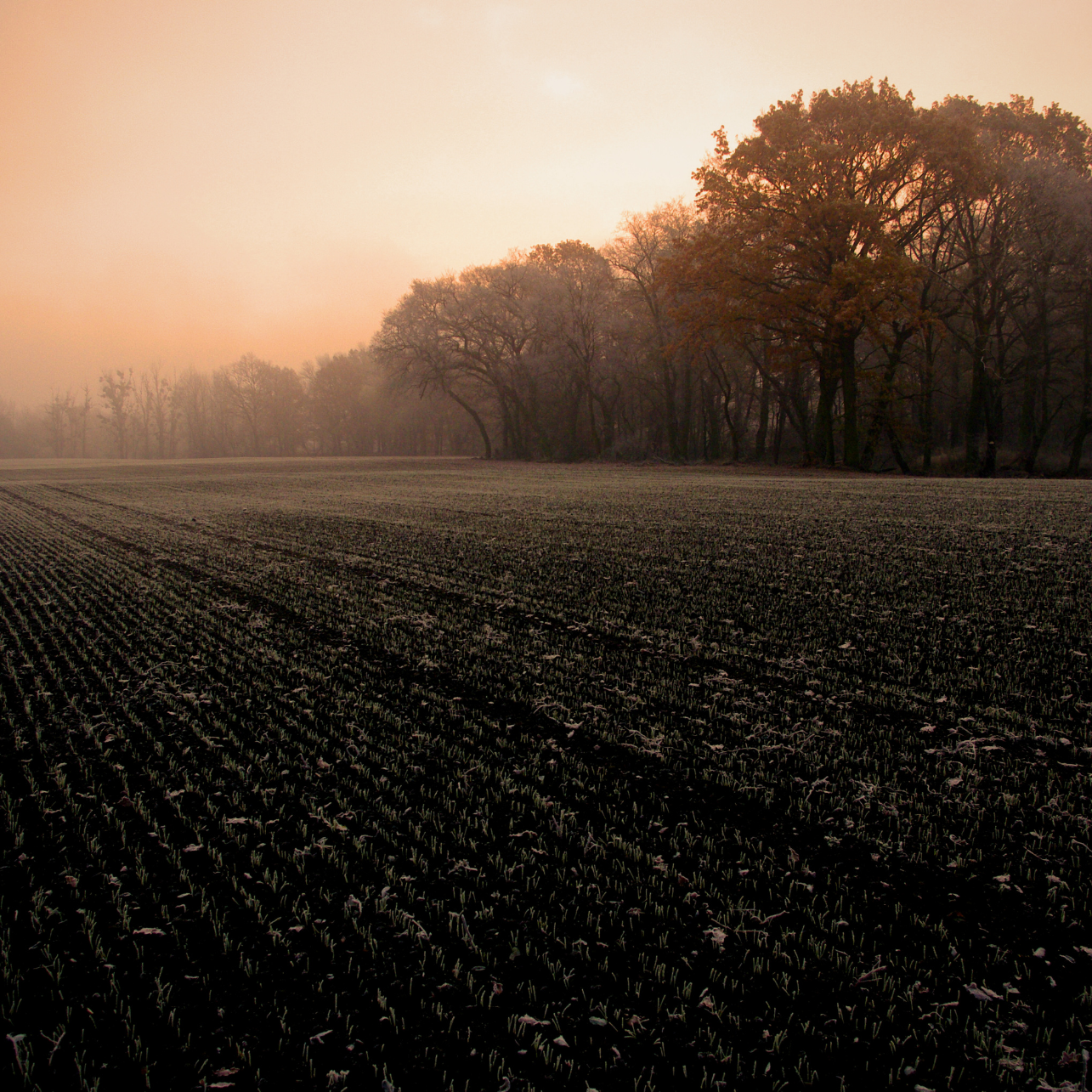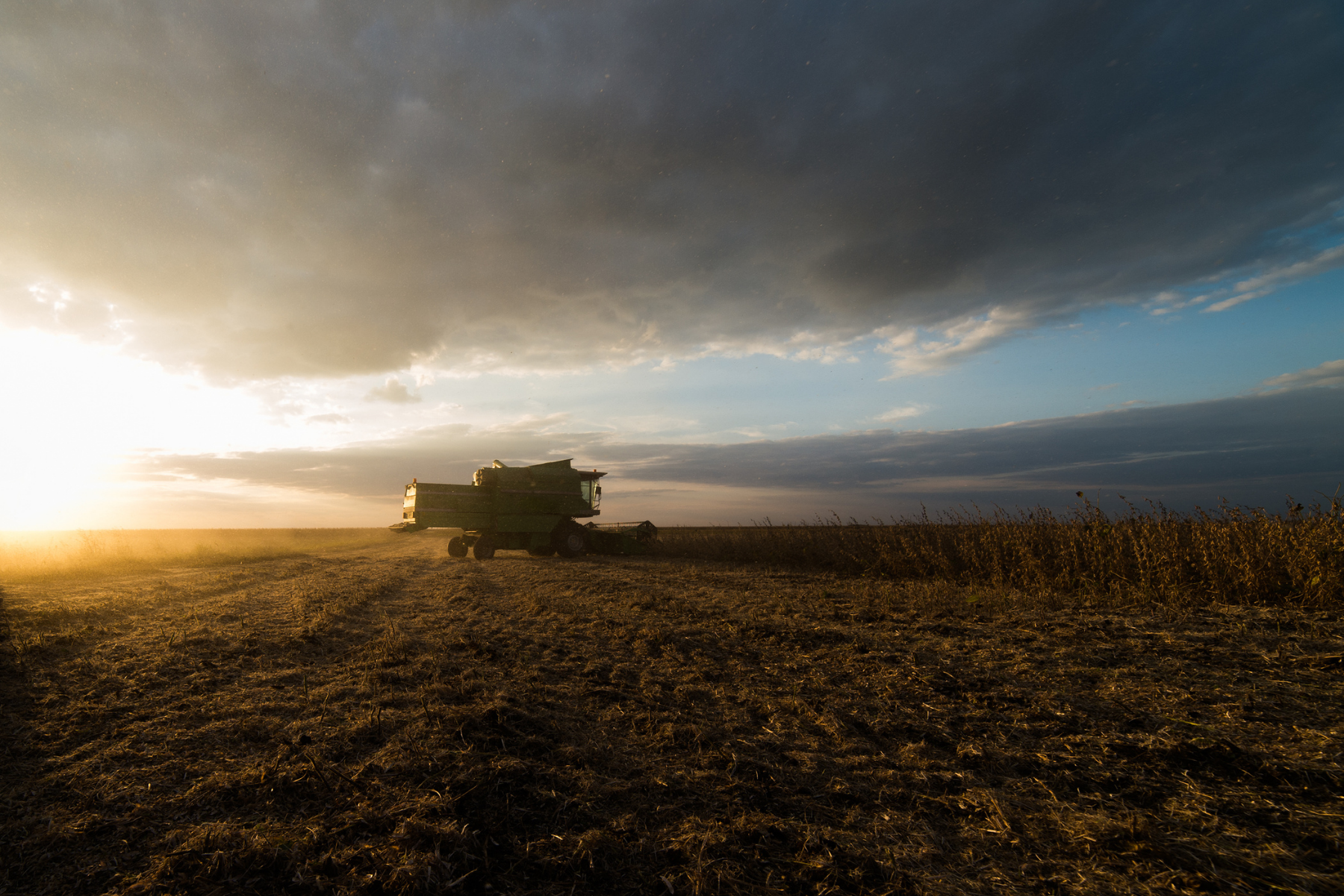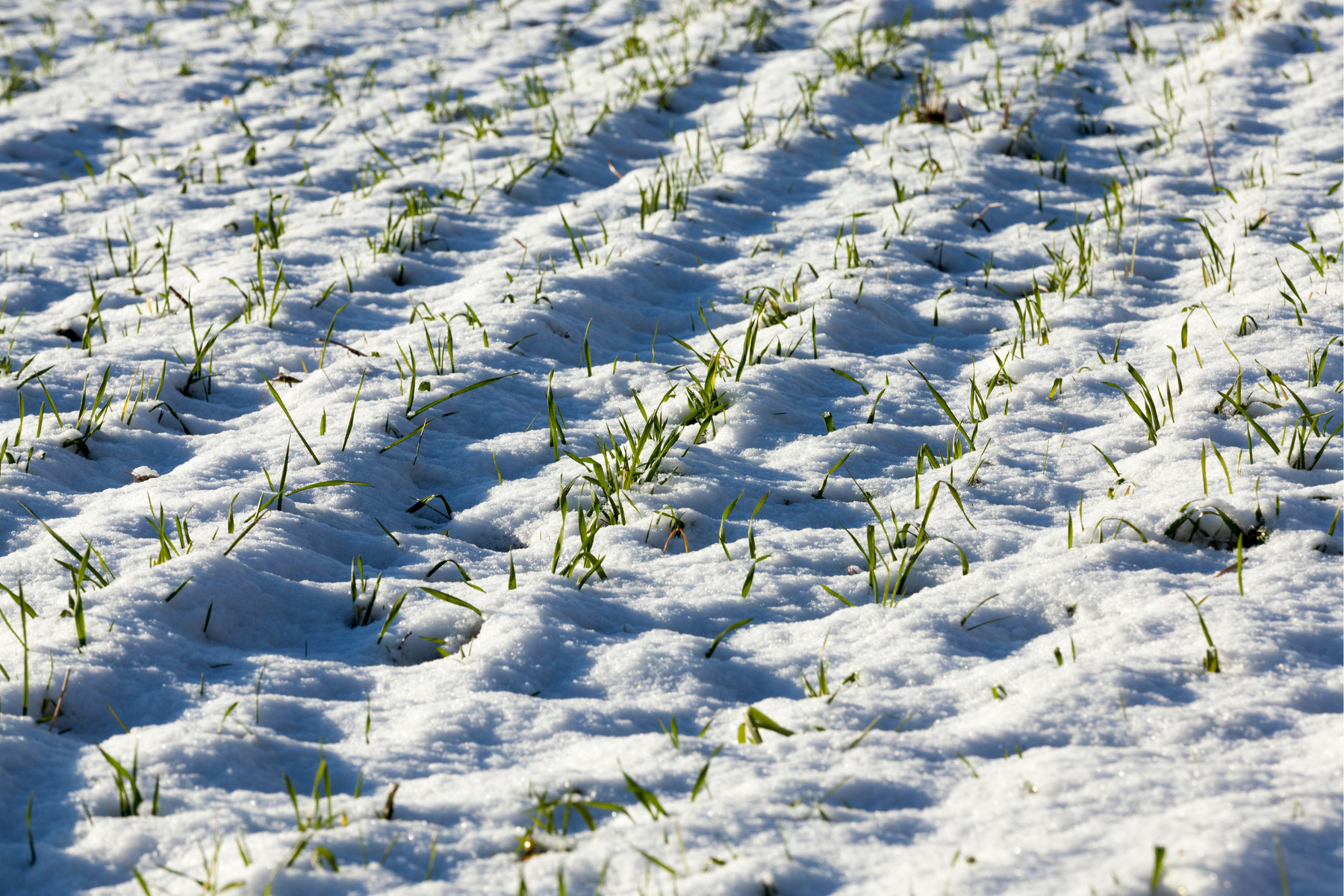As we enter November, wheat planting is mostly complete across Western Ontario, where conditions allowed for a typical September and October planting window. However, for Eastern Ontario growers, the window remains open for planting wheat, and with careful management, these late-planted fields can still produce a successful crop. While late-season planting poses specific challenges, it also provides opportunities to capture a market for high-quality wheat.
Here’s a tactical guide to help you make the most of a November wheat planting in Eastern Ontario.
Adjust Seeding Rates
One of the primary considerations for late-season planting is seed rate. When planting after mid-October, the colder soil and limited daylight mean that tillering is reduced. To compensate, aim to increase the seeding rate by 10-20% over standard recommendations. This will ensure enough plants develop to maximize tiller formation come spring, ultimately supporting higher yield potential. Ideally, target 1.8 to 2.2 million seeds per acre, depending on your specific field conditions.
Quick tip: Calibrate your drill carefully, and account for seed size when making seeding rate adjustments to ensure uniformity in establishment.
Prioritize Seed Treatments
Seed treatments become especially valuable when planting late in the season. Cold soils combined with slower emergence rates mean that seeds are more vulnerable to soilborne pathogens like Fusarium and Pythium. Applying a fungicidal seed treatment can mitigate this risk, helping to protect young seedlings from early-season diseases and promoting healthier stands through the fall and winter.
Consider also a growth-promoting seed treatment to give your late-planted wheat a boost in establishment. Enhanced root growth from such treatments may support better nutrient uptake during the limited growing days remaining this season.
Optimize Fertility with Starter Fertilizers
With limited time for wheat to develop roots before winter, starter fertilizers can play a critical role in improving establishment. Consider using a phosphorous-based starter fertilizer to promote root development. If applying phosphorus, banding it close to the seed can enhance uptake efficiency, particularly in the cooler soil temperatures typical of late fall.
Nitrogen is generally best applied in the spring to minimize overwinter loss, but a small amount of nitrogen (20-30 pounds per acre) can help support seedling vigor, especially if organic matter levels are low or if fall conditions remain unusually mild.
Make the Most of Residue Management
Late-season planting means working with cooler soil, which slows down residue decomposition. Heavy residue from a previous crop, such as corn or soybeans, can insulate the soil and hinder seed-to-soil contact, leading to uneven stands. Proper residue management is essential to minimize these challenges.
If possible, ensure that residue is well spread after the previous harvest, or consider lightly incorporating it before planting. Avoid deep tillage, as this can dry out the seedbed or introduce clods, both of which may delay emergence. A clean, level seedbed is especially beneficial in these late-season scenarios, ensuring that each seed has the best chance to establish.
Monitor Soil Moisture and Planting Depth
Planting depth is crucial, particularly late in the season when emergence rates are slower. Target a depth of about 1 to 1.5 inches to balance moisture availability and protection from freeze-thaw cycles.
If conditions are dry, you may need to plant slightly deeper to ensure the seed reaches moisture. However, avoid planting deeper than 1.5 inches, as this could delay emergence significantly. In no-till systems, a shallower planting depth of around 1 inch is generally sufficient, as the residue cover will help conserve soil moisture.
Choose Varieties with Winter Hardiness
The late planting season in Eastern Ontario requires varieties that can handle potentially extreme winter conditions and rebound in spring. Select wheat varieties with strong winter hardiness and vigor to improve overwinter survival. Choosing the right variety can make a difference in stand establishment, especially when plants have limited growth time before winter sets in.
If possible, opt for varieties that are also resistant to common regional diseases, which will help in reducing disease pressure on young, late-planted wheat.
Be Vigilant with Fall Weed Control
Late-season planting often means missing the early window for weed control, allowing some weeds to become established. When wheat is planted late, it’s critical to reduce any weed competition as much as possible before winter. Applying a pre-plant or pre-emergent herbicide may be beneficial to control winter annuals and perennials, which can rob your crop of moisture and nutrients in spring.
If you plan to delay herbicide application until spring, be prepared to tackle any overwintered weeds early in the growing season to prevent them from becoming unmanageable.
Prepare for Spring Topdressing
Since late-planted wheat has limited fall growth, maximizing spring nitrogen uptake will be essential. Consider topdressing nitrogen as early as field conditions allow in spring. The exact rate will depend on your field’s historical nitrogen responsiveness and soil nitrogen levels, but generally, a split application (early spring and mid-spring) can help support optimal tillering and head formation.
Quick tip: Monitor soil temperatures closely as winter thaws, as nitrogen availability from early topdressing can help drive spring growth, setting the foundation for strong yield potential.
Planting wheat this late in the season is undoubtedly a challenge, but with careful planning and timely management, it’s possible to achieve a robust crop come spring. Focus on setting up your fields for success now with high seeding rates, effective residue management, and appropriate seed treatments. By taking these proactive steps, Eastern Ontario growers can maximize the productivity of their late-planted wheat and take advantage of the high-quality wheat market in 2025.
Late-season planting is no small feat, but with tactical decisions and a keen eye on field conditions, Ontario farmers can make November wheat a viable part of their crop rotation.




